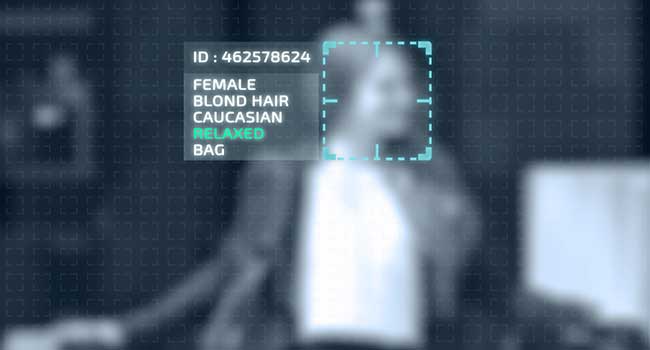
Oklahoma District Uses Facial Recognition to Secure Campuses
Putnam City Schools installed facial recognition software into their fleet of cameras last semester, and will continue to use them this year. The software is used to identify a “short list” of suspects who should not be in the building, not everyday students walking the halls.
- By Kaitlyn DeHaven
- August 13, 2019
Putnam City Schools has spent $10 million in the past four years on school security, and has a wide range of equipment available — 900 cameras, 2,000 motion detection devices and 200 sound detection devices.
In a new development, the cameras have been equipped with facial recognition in order to track a short list of people who are prohibited from entering the building. Officials will input a “watch list” of suspects, who are not allowed in the building, and if one of these people enters the building, they will be identified within 15 seconds and campus police will be notified within 30 seconds.
"We're not here to track people. We're not here to see if Jimmy's going to class. We're here to keep kids safe," said Chief Stout.
The software was approximately a $20,000 upgrade and is installed in all high schools, middle schools and the alternative school.
Administrators, teachers and students believe the facial recognition will help both students and teachers better focus in the classroom by adding a layer of security.
"We come here to learn and to get an education," said Putnam City senior, Dave Austin. "If you have to worry about a threat like not making it home that night, you're not going to be learning that much."
Putnam City North High School Principal Carole Buhr said it’s comforting and gives her a peace of mind that if someone enters the building who isn’t supposed to be there, they will be notified.
"It's another layer that I'm going to know, and that my police department is going to know, when I've got a potential threat on campus," Buhr said. "If we can be proactive about it instead of reactive about it, that's how we will save lives."
About the Author
Kaitlyn DeHaven is the Associate Content Editor for the Infrastructure Solutions Group at 1105 Media.